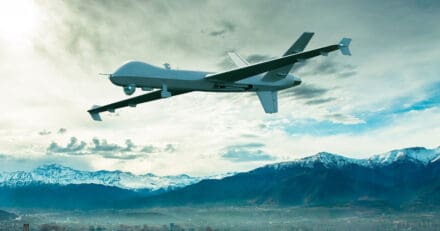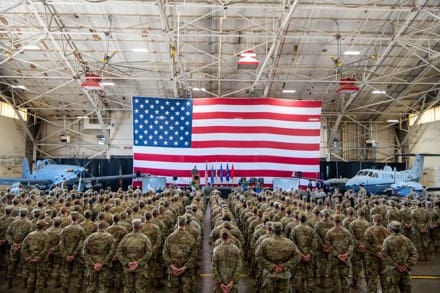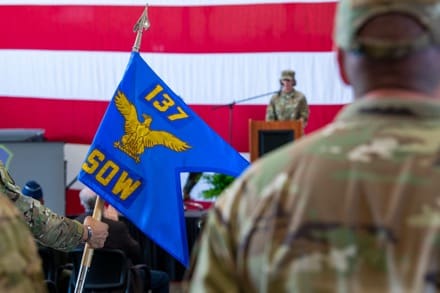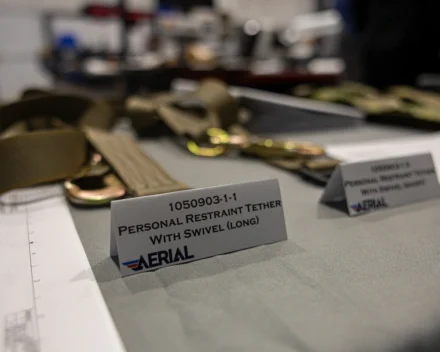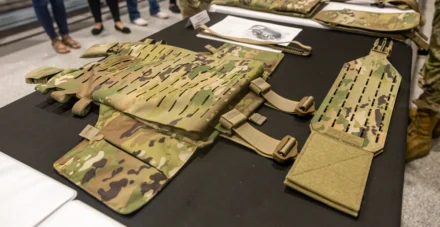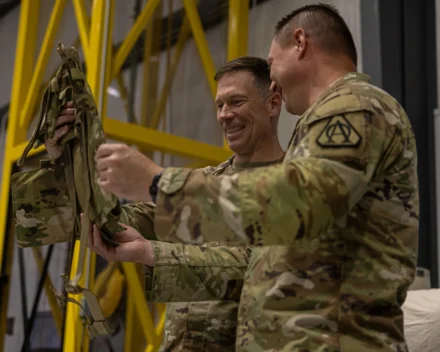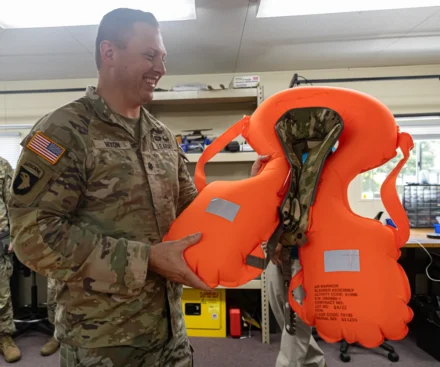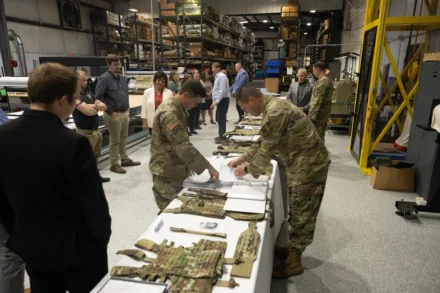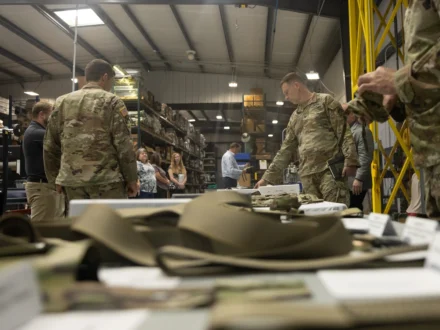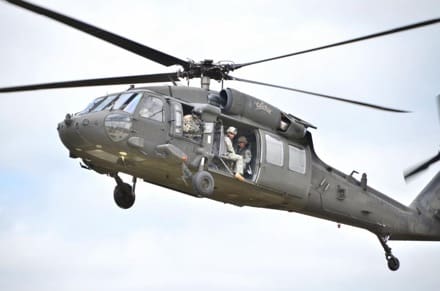NASHVILLE, Tenn. — Army Aviation is undergoing a significant overhaul in training and culture, a transformation described by Army Aviation Center of Excellence Commanding General Maj. Gen. Clair Gill as a “full scale change” during his address to the Army Aviation Association of America Summit opening ceremony on May 14, 2025, in Nashville. He emphasized the need for rapid transformation in the face of a rapidly shifting global landscape.

Gill stressed the core mission of Army Aviation: to support the Army and the nation. He quoted retired Gen. Eric Shinseki, former chief of staff of the U.S. Army, stating, “If you don’t like change, you’re going to like irrelevance even less,” and urged attendees to focus on providing capabilities to “see, sense, strike, move and extend the battlefield.”
A key component of this transformation, Gill explained, is the integration of unmanned aerial systems. He emphasized the Army’s intention to augment, not replace, manned aviation with UAS, stating, “I don’t want to be standing there when the music stops and not have a chair.” He outlined a plan for the aviation branch to lead this effort, focusing on aviation-specific expertise like airspace integration while allowing for broader operation of UAS by other specialties through universal control systems. The Army is currently determining the appropriate balance between training dedicated UAS operators versus enabling all soldiers to operate smaller UAS platforms.
Gill detailed how future combat teams are projected to include 500-700 UAS, a domain previously solely occupied by manned aircraft. He highlighted the challenges this presents for managing airspace, particularly coordinating with the Air Force, with a planned meeting scheduled later this month to address these issues. He envisions a future where UAS operations are automatically deconflicted through network integration, similar to how consumer quadcopters are prevented from flying in restricted airspace.
“I want the same thing for a UAS operator out there in a brigade combat team,” Gill said. “He pops down his tac device, and he gets ready to fly and he finds out that he’s underneath an active corridor, and it’ll just say, ‘you can’t fly here’.”
Regarding UAS personnel, Gill highlighted the divestment of the Shadow UAS system and the subsequent shift in training for 15E, Shadow mechanics and 15W, Shadow operators MOS to become tactical UAS operators, proficient in operating systems like small UAS, first-person view drones and utilizing additive manufacturing for parts production. 150U officers will become tactical UAS integrators, focusing on system acquisition, employment, lifecycle management, spectrum management, electronic warfare and airspace integration. He also noted UAS platoons are now training alongside infantry, operating from field positions rather than from protected shelters, signifying a shift towards a more integrated battlefield role.
He also discussed ongoing efforts to integrate position location information transmitters on aircraft — both manned and unmanned — allowing them to communicate their location and priority to other aircraft, enhancing situational awareness and safety.
Gill also highlighted the importance of the Aviation Tactics Instructor Course, emphasizing the need for instructor pilots, as lead trainers, to understand the operating environment and prepare young warfighters for the realities of modern combat, where traditional flight pattern work offers minimal survivability on the future battlefield. He underscored the importance of training units to operate effectively in challenging environments, even with legacy platforms like the Black Hawk helicopter.
Another component of the modernization effort focuses on addressing a perceived gap in pilot skillsets. Gill noted feedback indicating that many recent graduates are proficient system operators but lack fundamental flying proficiency.
“They’re great system operators, they don’t know how to fly the aircraft,” he said, adding the Army is re-evaluating its current training methods and platforms to ensure they effectively prepare aviators.
To address this, the Army is experimenting with innovative training methods, including augmented and virtual reality, plot-based learning models and a new pilot program. The pilot program involves a total of 48 students; two classes of eight students each have started. Pilot program students will earn FAA private pilot certifications, with a critical emphasis on solo flight — independent, unpartnered time in the cockpit. Gill believes this will foster maturity and produce a higher quality aviator.
“They’re going to be solo, solo in there,” he stated. “I think in terms of the maturity and development of somebody that’s going to be an aviator, it’s going to produce a tremendously better product that we deliver to the Army when they get to their first operational unit.”
Gill also stressed the importance of reinforcing a strong “warfighter culture” within Army Aviation, emphasizing the need for a mission-focused mindset across all roles, from maintainers to flight operations. He invoked the sentiment of former Army leader Lt. Gen. Walt Piatt, who noted that “every day in Army Aviation is a live fire event,” highlighting the constant operational tempo, in harsh conditions, and the need for training in austere environments.
Looking ahead, Gill discussed the integration of unmanned systems, anticipating launched effects in every division next year. He envisions a future where unmanned platforms handle certain tasks, allowing human pilots to focus on missions requiring deliberate human control.
“We’re not going to stop the flight school. We’re going to be flying aircraft for quite some time, but I do think that there are certain things that we can offload to unmanned things that we can focus where we want humans in the loop more deliberately,” Gill said.
Ultimately, Gill stated the Army Aviation branch aims to proactively deliver the capabilities demanded by commanders, rather than simply responding to requests. He concluded by emphasizing the branch’s readiness to meet future challenges.
“When the phone rings, we’ve got to be ready to meet tomorrow’s challenges today,” he said.
By Leslie Herlick, Fort Novosel Public Affairs
